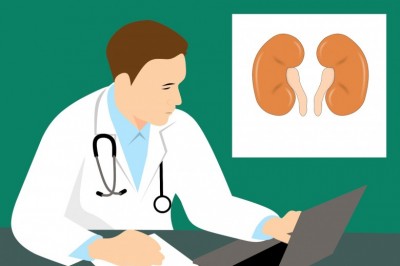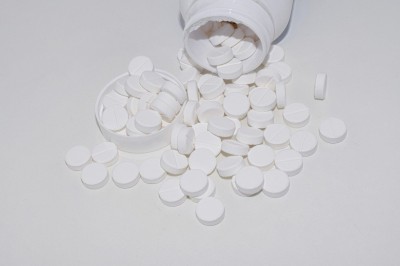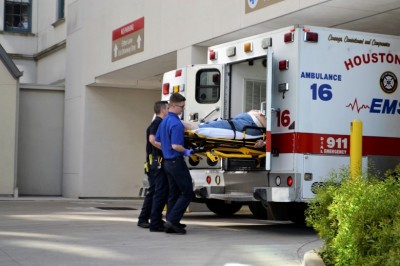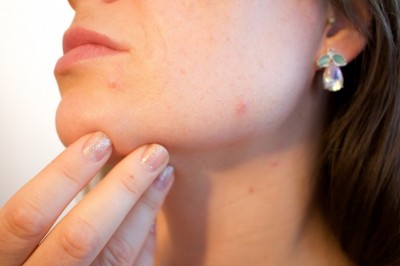The Shocking Story of Defibrillators: What They Do, Why They Do It
The word defibrillator is heard more and more these days. You hear it on the news and even about external defibrillators being installed at sports centers and public places. But what is a defibrillator, really? And why are they important?
The popular notion is that a defibrillator is required to help "re-start" a heart that has stopped. Technically, that is not true. Defibrillators deliver electricity to the heart to restore a faulty heart rhythm. The name for this situation is called "sudden cardiac arrest" or even "sudden cardiac death." That last name is rapidly falling out of favor (and you can no doubt see why), but they are actually two terms that mean the same thing. And, yes, many people (about 20%) who have "sudden cardiac death" survive it.
Sudden cardiac arrest typically occurs when the heart starts to beat dangerously fast. A rapid heart rate can be appropriate when the body is exercising or highly stressed. But sometimes the heart tries to beat at rates that are overly fast-200 or even 300 times a minute.
The healthy heart at rest beats about 60 times a minute or once a second. If you make a fist (which is about the size of your heart) and open and close it to simulate pumping action, you can see that the heart is pumping at a pretty good clip to maintain a normal rhythm.
Now imagine the heart trying to beat 120 times a minute-an appropriate rate for mild exercise. To achieve this rate, you now have to open and close your fist two times per second. The heart is still efficient at this rate, but its hard work.
But lets double it-240 times a minute or four times a second. If your heart ever tried to beat 240 times a minute, it would no longer be able to pump efficiently. Try it with your fist and you see that you just cant keep up. Your movements have to become abbreviated. Thats what happens during sudden cardiac arrest. Your heart is trying to beat so rapidly that it can no longer really pump. The heart muscle just quivers. Blood sloshes around in the heart instead of being pumped out.
In medical terms, your cardiac output drops to zero in a matter of seconds. This heart condition is usually attributable to a rhythm disorder called ventricular fibrillation (VF). But no matter what it is called, it is a sudden and potentially lethal heart rhythm.
Left untreated, a person with VF can die in as few as four minutes.
Sudden cardiac arrest from VF is not the same thing as a heart attack. A heart attack is essentially a "plumbing problem" of the heart, a situation where blockage in the "pipes" or blood vessels prevents blood flow. Other plumbing problems that can occur in the heart relate to the valves or the ability of the heart muscle to pump.
Cardiac rhythm disorders are electrical problems. They occur because of disorders in the hearts electrical system and they can happen in a person who has an otherwise "healthy heart."
The heart generates electricity to make it beat. That electricity flows through the heart along established conduction pathways. But sometimes an electrical impulse gets "stuck" on the pathway and makes endless loops, faster and faster, causing the heart to try to contract and relax to keep up with the electrical signals.
A defibrillator works by sending a powerful jolt of electricity to the heart. The electrical system of the heart responds to electrical energy.
VF occurs when an electrical accident causes the heart to try to beat too rapidly. A sudden influx of a large amount of electricity literally captures the attention of every single heart cell and gets them all "reset" or back on the same page.
The defibrillator delivers a large jolt of energy to the heart, usually in a fraction of a second. This gets the attention of every single cell in the heart. For a moment, even a couple of seconds, the heart stops beating altogether.
Then the heart resumes generating electricity and conducting it normally.
External defibrillation relies on special equipment and two large paddles that send the electricity through the chest. This is the defibrillation you see in the movies when the doctor yells, "Clear!" and then a jolt of energy travels from a generator through one paddle to the other.
Defibrillation equipment is standard in hospitals, many clinics, and it is increasingly common in airports, schools, and other public places. The reason for this is obvious: sudden cardiac arrest comes on suddenly, without warning, and there is often not enough time to get the victim to a hospital.
That was why a physician named Michel Mirowski invented an implantable defibrillator.
Dr. Mirowskis best friend died of sudden cardiac arrest because he could not get rescue defibrillation in time to save his life. Dr. Mirowski theorized that if a defibrillator could be implanted in the body, people could survive sudden cardiac arrest even if it happened when they were far from a hospital or an external defibrillator.
That was back in the 1980s and, believe it or not, Dr. Mirowski found many physicians who insisted what he wanted to do was technologically impossible and medically unethical. It was neither. Mirowski devoted his life to designing and developing defibrillators which he saw come to commercial use as early as 1988.
Today, implantable defibrillators are common. Most of them contain "built-in" pacemakers so that the pacemaker-defibrillator device is a standard of care.
The pacemaker paces a heart that beats too slowly or too erratically. The defibrillator shocks a runaway rhythm back to normal.
Defibrillators are in widespread use all over the world. Studies have proven that they not only help save lives, they actually work better than most drug therapy for people prone to electrical problems of the heart. This does not mean that defibrillator patients do not have to take drugs; many physicians recommend what doctors called "adjunctive therapy," which is a fancy way of saying "belts and suspenders." Thus, a person who gets a defibrillator implanted has the device implanted in his chest to rescue him, should a potentially life-threatening rhythm disorder occur. But that same person will also continue to take heart medicine to help prevent such rhythm disorders from occurring in the first place.
------
If you or a family member has or may get a pacemaker or defibrillator, rush to http://www.pacemaker411.com to get the real story in ordinary language you can understand. Pacemakers and defibrillators are safe and effective but there just is not a lot of information for patients about them--so get the story at http://www.pacemaker411.com .
























